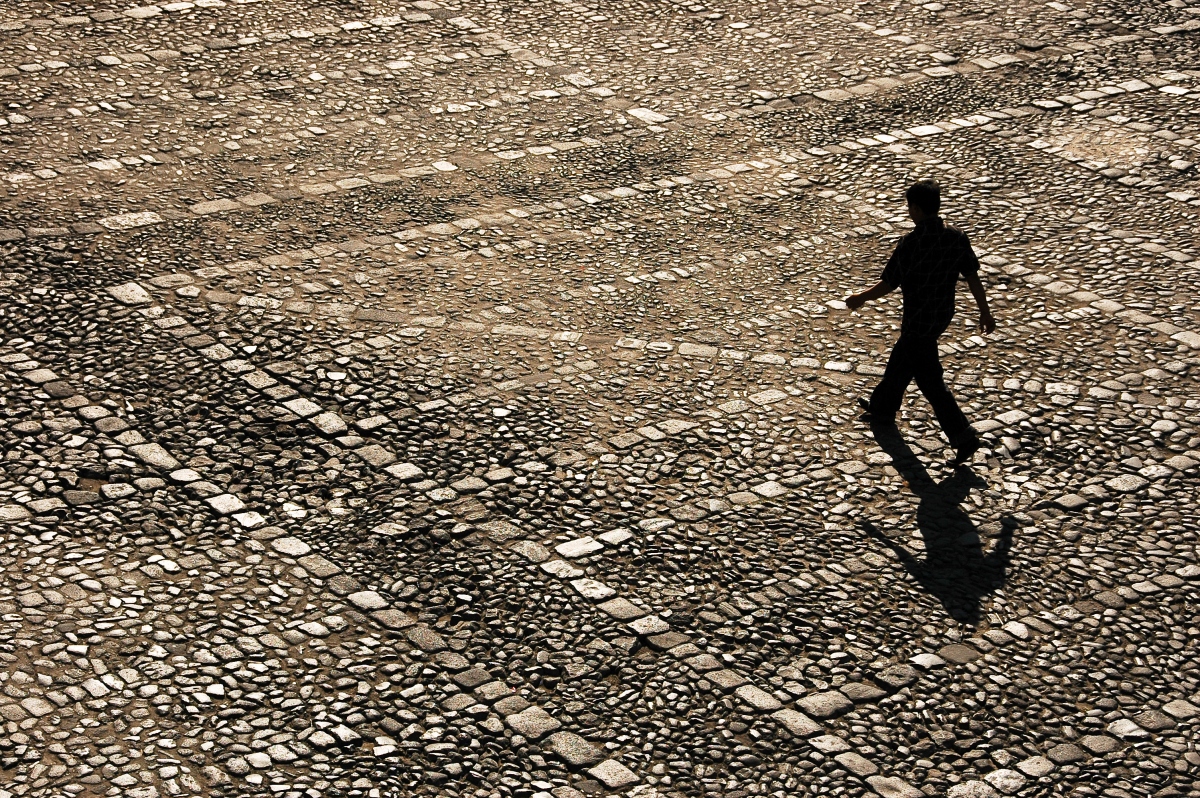A few years ago, I was on a pillbox hike with a surf coach on the North Shore of Hawaii, when I noticed his bizarre preference for walking straight on roots, instead of circumventing them like all of us.
I asked him what was going on. He laughed – he hadn’t realized he was doing it. He had grown up nearby and had done the hike hundreds of times. He guessed that he might have made the hike a little harder for himself on purpose…either out of boredom or for the added physical challenge.
Anyway, the man was in fantastic shape. From his shoulders to his ankles, which didn’t give in once – no matter how gnarled or slippery the roots and rocks he was unconsciously rushing over.
Walking is getting all the respect it deserves these days, with study after study linking a daily habit to a lower risk of heart disease, mental health and longevity. There are ways to improve the routine, if you’re inclined, from walking faster to walking longer to rucking (walking with a pack on your back). These are all good ideas.
You might also consider walking over rough terrain. At first glance, this may seem silly and dangerous; a high ankle sprain waiting to happen. But in a world that’s now more or less flat concrete, texture variations like mulch paths, cobblestones and grassy hills all add the necessary spice to a walking routine, improving your strength, balance and confidence. along the way.
The Oregon Cobblestone Study
During a visit to China, scientists from the Oregon Research Institute observed adults spending 30 minutes a day on pathways of “river stones” in gardens in major cities. The activity was aimed at stimulating the acupuncture points in the feet. Intrigued, the researchers set up a trial where more than 100 inactive adults engaged in a habit of daily walking either on a “cobblestone carpet” or on a conventional path.
The functional mobility of the former won out: “Compared to conventional walking, the experience of walking on the river rock-like surface of these fabricated cobblestone mats improved participants’ balance, mobility measures , as well as reducing their blood pressure. These issues are very important in preventing and delaying the onset of frailty in older people, as well as helping them maintain their current state of health.
In other words, actively engaging with unstable or unfamiliar surfaces increases our functional mobility. And it catalyzes a whole host of other beneficial developments – a healthier heart, strong bones, more confidence when leaving home. All are essential for healthy aging.
The indestructible ankles of Killian Jornet
Some might read this and think: Great. But I don’t trust my ankles. I’m not going to rock jamming. That’s a fair point — the Oregon Cobblestone study excludes people who have “severe foot or ankle problems.” If you have a history of injuries (or at least mobility limitations due to high/low arches and pronation/supination), you probably don’t want to start attacking state parks every Sunday morning.
But know that you absolutely can develop those unstable ankles with concerted and consistent effort. Check out this video of ultrarunner Killian Jornet training his ankles: he literally jumps on them again and again. He credits these “propio exercises” (short for proprioception, awareness of the body in space) with the stability of his ligaments and the almost inconceivable fact that he has never twisted his ankle in his career. As a reminder, the man has the fastest ascents/descents of the Matterhorn and Mont Blanc.
Go off the beaten track
Don’t squeeze your ankles at home. You will end up in the emergency room. But trust that if you’re lucky enough to start with decent mobility there, you can actually strengthen your ankles for life – and eventually you will. more life accordingly.
If your ankles have seen better days, in the meantime, talk to your podiatrist about shoes and orthotics. And consider making small adjustments, like:
- Rethink your gait: you should roll your feet from heel to toe, with your feet under each hip
- Warm up your feet by removing your shoes and activating acupuncture points – walk gently / squat / bend over uneven surfaces
- Go for an uneven “low stakes” surface, such as a lawn that needs mowing. That way there’s a soft surface underneath if your balance seems uncertain.
- Make a habit of putting your feet in mini-workouts: rotate them, five turns clockwise and five turns counter-clockwise, then flex them up and down 10 times
- Get foot-focused recovery tools like lacrosse balls, wooden rollers, and even toe separators (all of which activate blood circulation and offer some pain relief)
- We also recommend looking into the MOBO Board, a favorite of distance runners
If you’re still trying to get back into a walking habit, prioritize it first. Start with an old-fashioned sidewalk before you start chipping away loose bricks on the sidewalk. But once you feel comfortable there – and maybe even a little bored – it’s quite refreshing to find yourself reaching the next most difficult stage. You will feel like a child again. Which just might be the key to getting old.
This article was published in the Inside hook newsletter. Register now.
